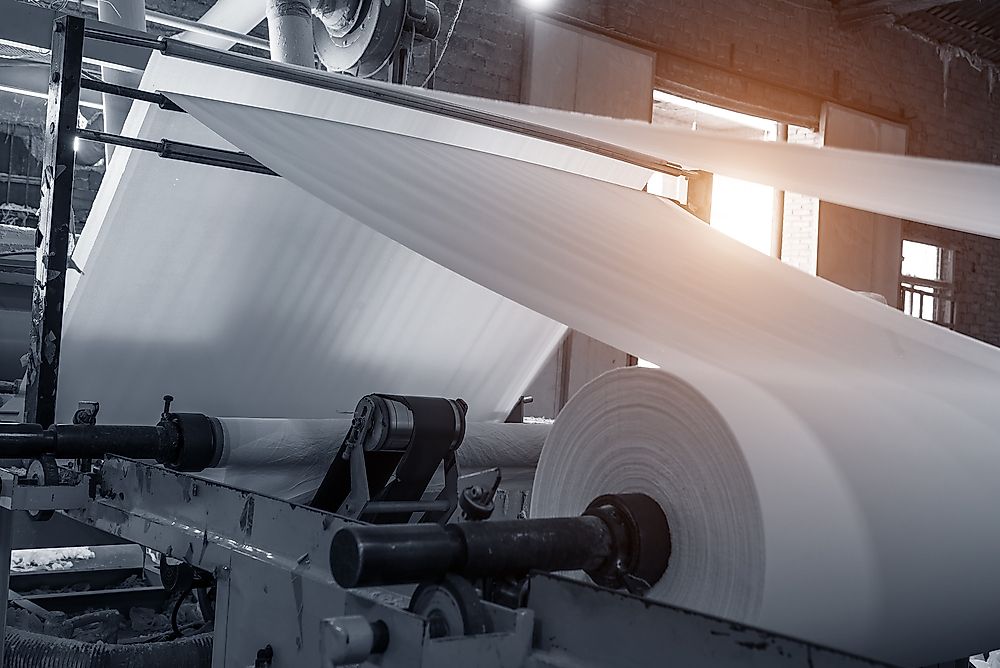What Is The Environmental Impact Of Paper?

Paper has a very significant impact on the environment which has affected many decisions in the industry as well as behaviors at personal and business levels. Due to technological advances like the printing press and the harvesting of wood, there has been a high availability of disposable paper which has also led to high consumption and waste levels, due to its affordability. However, a rise in environmental issues such as water and air pollution, overflowing landfills and the global climate change have led to many governments increasing regulations. These have curved a trend that is to reduce water use, clear-cutting, fossil fuel consumption, and greenhouse gas emissions among others to reduce the impacts on air pollution and water supplies.
The Issues
In the past four decades, the use of paper has risen by 400%. Deforestation has become a major problem, both in developing and developed areas.
Air Pollution
Of the emissions from different industries, pulp and paper industries have a significant effect on the environment. They produce nitrogen oxides, sulfur oxides, and carbon dioxide. Nitrogen and sulfur dioxides are all key contributors in acid rain while carbon dioxide is to blame for climate change being a greenhouse gas.
Water Pollution
Pulp and paper mills are sources of nutrients, solids and dissolved matter like lignin in wastewater discharges. There are other agents like alcohol or inorganic materials such as chlorates. These go ahead to pollute the rivers and lakes that they are released into.
Paper Waste
Roughly, 26% of solid waste dumped in dumping sites is discarded paper and paperboard. Besides, pulp and paper mills also contribute to water, land and air pollution. The industry also uses more water to produce a volume of products that other industries use less water to produce. It has also been identified that de-inking of papers during recycling is a source of chemical emissions.
Chlorine And Chlorine-based materials
In bleaching wood pulp, chlorine and its compounds are used. Initially, industries that used elemental chlorine had great volumes of dioxins produced which were persistent and highly toxic pollutants. This was however reduced in the 1990s when Total Chlorine Free and Elemental Chlorine Free replaced the elemental chlorine in bleaching of pulp.
Greenhouse Gas Emissions
About 69% of the global greenhouse gas emissions are from the transportation and energy industries. Out of this, the paper and print industry accounts for 1% of the carbon dioxide produced. When paper is disposed of in dumping sites, it is subsequently broken down, and methane is produced, which is a potent greenhouse gas too. Besides, the pulp and paper industry uses fossil fuels for raw material production and transportation, hence more emission of Greenhouse gases.
Solutions
Governments and organizations have put in place different measures to address the environmental impact of the paper industry. They include;
- Sustainable forest management.
- Pulp bleaching using non-elemental chlorine process
- Recycling of paper waste material
- Regulating pulp and paper











